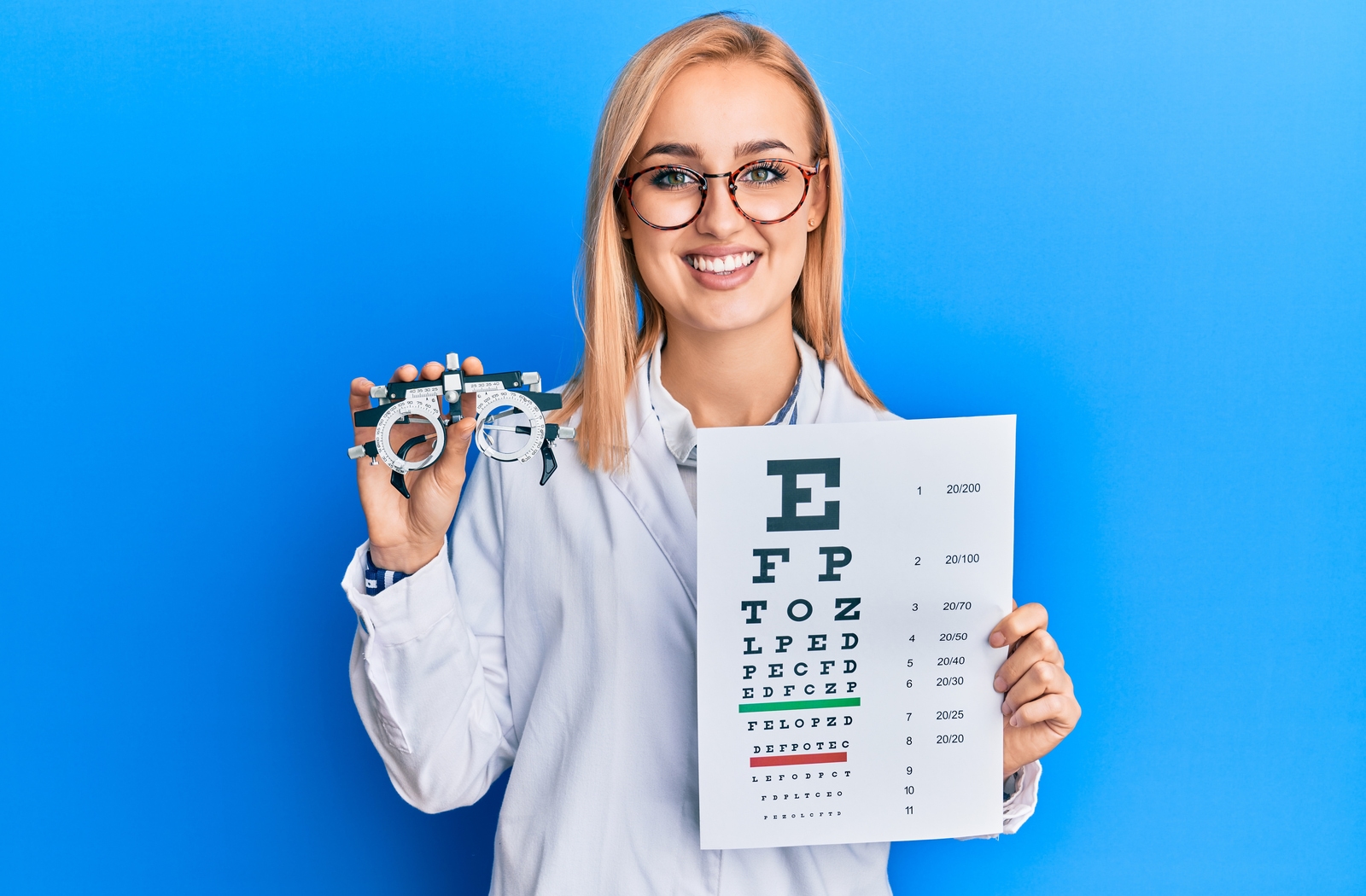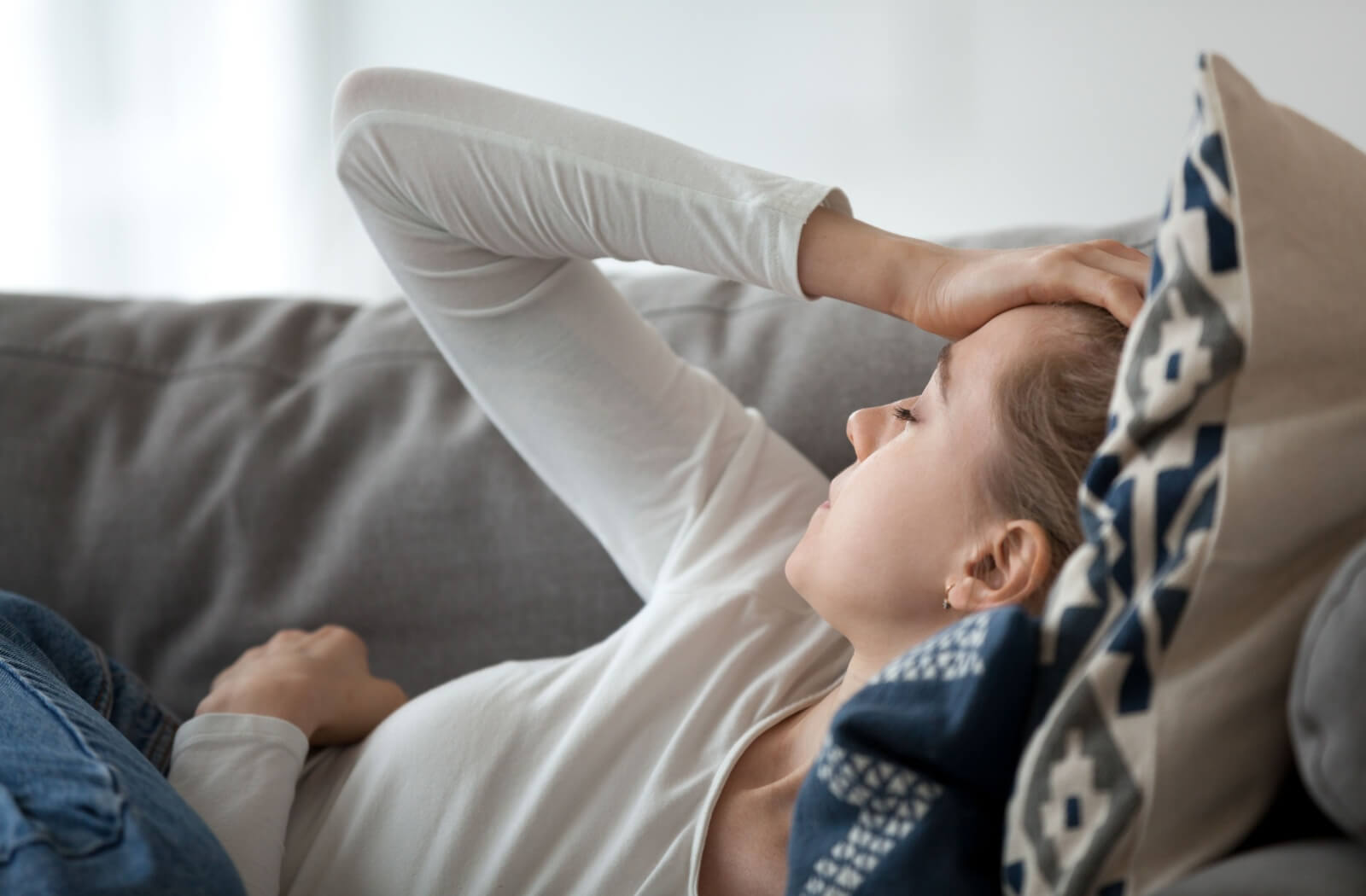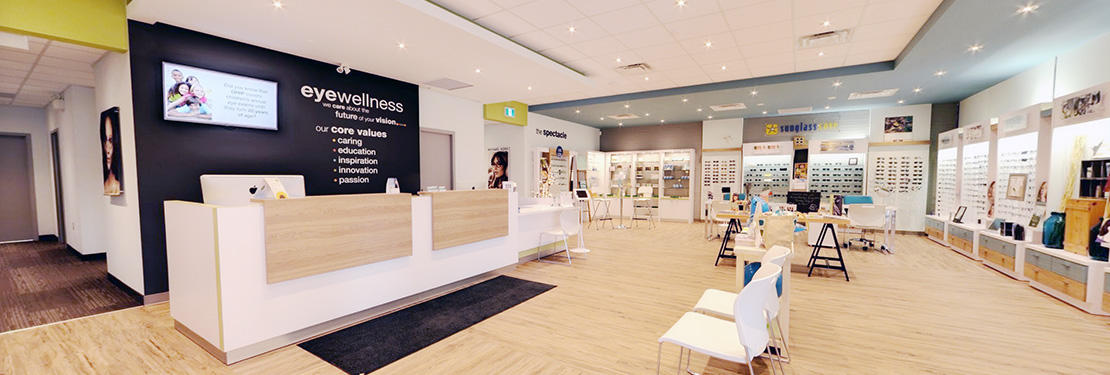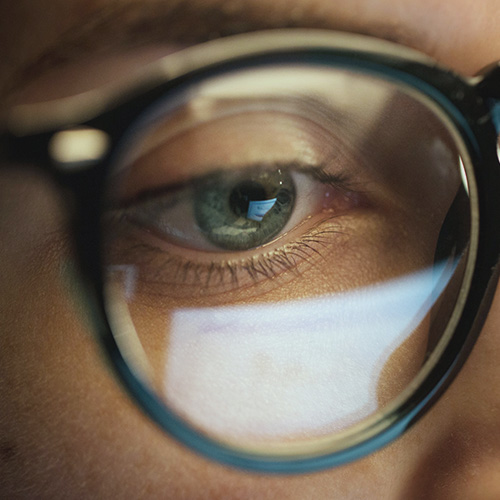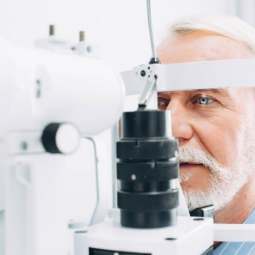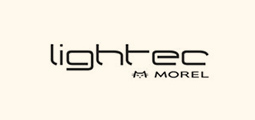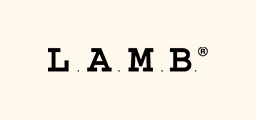Understanding Your Eye Exam
An eye exam gives us a comprehensive look into the total health of your eyes. Many people think they don’t need regular eye exams unless they have a vision problem—this isn’t true.
Eye exams are important for everyone, even if your vision is clear. They can help determine the health of your eye and reveal clues about eye conditions that could eventually result in vision loss.
But what exactly does an optometrist look for during these exams? How often do you need to see your optometrist, and how should you prepare? Our blog can help you explore the ins and outs of your eye exam.
How Often Should I Get My Eyes Checked?
The Canadian Association of Optometrists recommends adults get their eyes checked at least every 2 years, but many factors can require more frequent eye exams.
Our best practice at Eye Wellness is to have our patients come to see us every year. This baseline allows us to keep tabs on any eye diseases or health issues you may live with, or catch them before they cause damage.
How To Prepare
When you come in for your eye exam, we’ll need to make sure we have all your information up-to-date, including your recent medical history. Please bring to your appointment:
- Your healthcare card
- Your insurance information
- A list of your current medications
- Any current corrective lenses you wear (glasses or contacts)
Let us know if you’ve been troubled by any vision problems or if you’re coming in for a specific reason.
If you have diabetes or are looking for contact lenses, please let your optometrist’s office know when you book your appointment. There will likely be some variations to your exam in those cases.
What Tests Are Done During an Eye Exam?
There are many tests that optometrists run during a comprehensive eye exam. Each practice may have a slightly different routine, and there are different ways of performing each exam to get the same or similar information.
This list isn’t exhaustive, but let’s dive into some of the tests run during an eye exam and discover what they can tell you.
Visual Acuity Test
Your visual acuity is your ability to determine the shapes and details in whatever you’re viewing. This test is one of the most recognizable—it uses either the Snellen chart or the random E test.
The Snellen chart has lines of letters and numbers that get progressively smaller. You will view this chart from a distance away, and normally read until the smallest line you can see clearly.
The random E test is done with cards or a projection. A large letter E will be flashed, and you need to tell the test giver what direction it’s facing.
The visual acuity test measures the accuracy of your vision as a fraction, such as 20/20 or 20/40. The number 20/20 means you can see objects 20 feet away in the same way the average eye can see at that distance. 20/40 vision would mean you can see at 20 feet what the average eye can see at 40 feet.
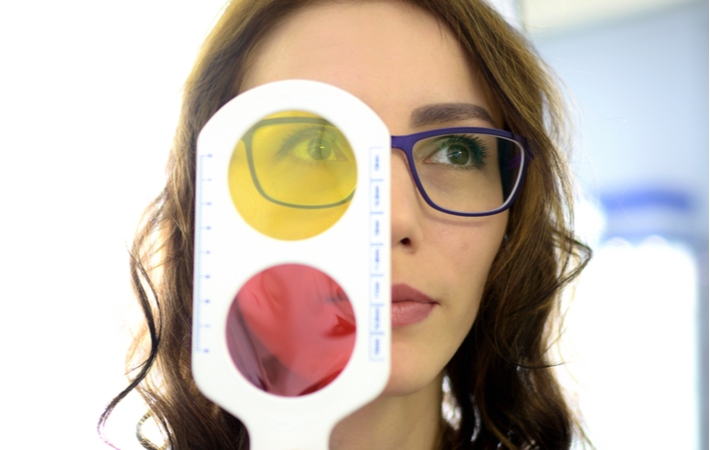
Colour Blindness Test
A colour blindness test, or colour deficiency test, involves looking at a series of images made in two colours, often out of dots. With normal colour vision, the differently coloured image inside the larger coloured image is clearly visible. However, if you have a colour vision deficiency, the colours will not be distinguishable from each other.
Eye Movement Test
The eye movement test does exactly what it says—tests the range of movement of your eyes. You’ll be asked to follow an image, a light, or even your doctor’s finger in multiple directions with your eyes while keeping your head still. This gives your optometrist clues to how the muscles around your eyes are working.
Slit Lamp Exam
The slit lamp exam allows a closer look at your eyes. You will rest your forehead and chin steadily against the machine. Using a bright light and a low powered microscope, your optometrist will examine multiple areas of your eyes, including:
Digital images may be taken on your eye to monitor its health. Often you’ll need to have your eyes dilated for the slit lamp exam, which will open up your pupil. This can cause your eyes to be sensitive to light for several hours afterward but has no lasting effects.
The slit lamp exam can help diagnose many eye diseases and conditions, as well as injuries or any issues with your eye’s blood vessels.
Glaucoma Test
Glaucoma is a group of conditions that affect the optic nerve. It’s called “the silent thief of sight” because it often presents no symptoms until damage has already occurred. That’s why glaucoma tests are so necessary—they can reveal the state of your eyes, even if nothing feels amiss.
There are multiple glaucoma tests, the main 5 being:
- Tonometry, which measures the intraocular pressure of your eye.
- Ophthalmoscopy, which lets your doctor examine the back of the eye (called the fundus.) This includes the optic nerve.
- Perimetry, which helps determine your field of vision (see more below).
- Gonioscopy, which allows the optometrist to see the angle of the drainage opening where the iris and retina meet.
- Pachymetry, which measures the thickness of your cornea.
Visual Field Test (Perimetry)
Your visual field is the amount you can see while looking straight ahead. Perimetry refers to the edges of your vision (or your peripheral vision.)
A perimetry test uses a computer to output a series of lights. While resting your chin and forehead on the machine and looking straight ahead, the lights will flash in your peripheral vision, and you will indicate which you saw. The results build a map of your visual field.
Retinal Exam
The retina is the back of your eye, rich with blood vessels. This area can be affected by multiple conditions, including diabetes, glaucoma, and macular degeneration. Your optometrist will assess the health of your retina with a retinal exam.
This exam requires your eyes to be dilated. Once your pupils are open enough, a scan of the back of your eye will commence. These are ordinarily digital, and add another layer of detail to your eye exam.
Refraction
Light refracting through your cornea is what allows us to see. A refraction error means the light entering your eye isn’t hitting the right spot in your eye to form a clear image. Refraction errors include:
- Myopia (nearsightedness)
- Hyperopia (farsightedness)
- Astigmatism
- Presbyopia
Your optometrist can test your refraction by shining a light into your eyes (either manually or with a computer) and checking where the light is reflecting off your retina. This test is a significant part of how your corrective lens prescription is determined.
After the Exam
Be sure to ask your questions about the exam process or your results once the exam properly wraps up. You should leave your exam feeling confident that you understand what’s going on with your eyes.
Once we’ve answered any questions, we’ll build a care plan for you. This can include a revised prescription if you need glasses. Your optometry team will set an exam schedule that suits your needs, and prescribe any medications or corrective lenses. We also offer nutrition and physical activity plans that can help bolster your eye health.
If you need glasses, your optometry team will help you pick the perfect frames and fit your lenses.
Become a Partner in Your Vision Care
Booking regular eye exams is a great step towards taking charge of your eye care. Understanding your eye exam is even better. Your optometry team is here to help you manage your eye health. Book a comprehensive eye exam soon.


